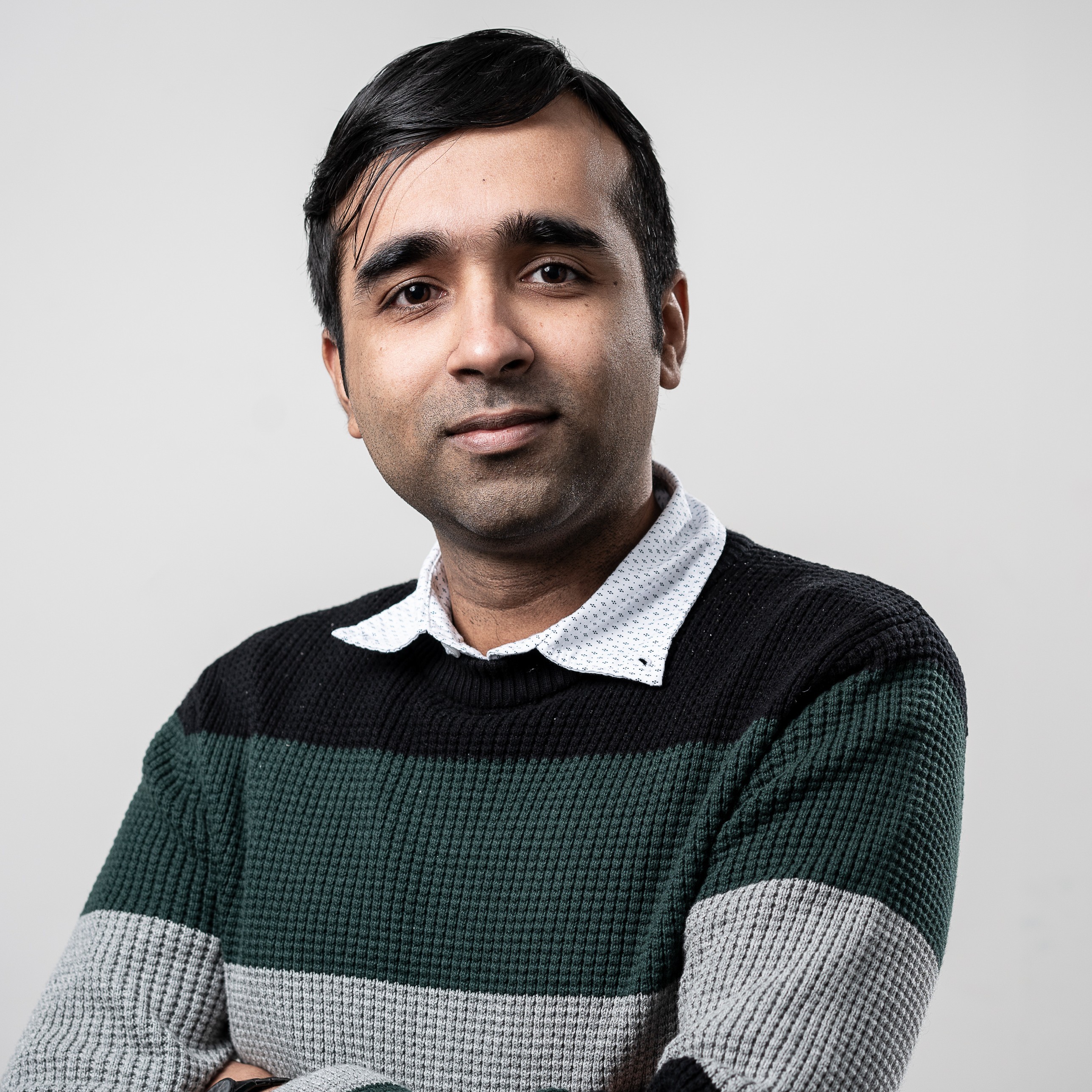Football: Performance Adjusted League Table
The American data based news website FiveThirtyEight showcases their football predictions for most of the leagues in Europe and across the world here. Though these predictions are at times divisive, the models they use to estimate individual match performances are founded on strong principles. They use three metrics to evaluate a team’s performance after each match shot-based expected goals (xG), non-shot expected goals (nsXG) and adjusted goals. The first metric among these three are quite popular in footballing community with xG going mainstream even on BBC’s Match of The Day.
